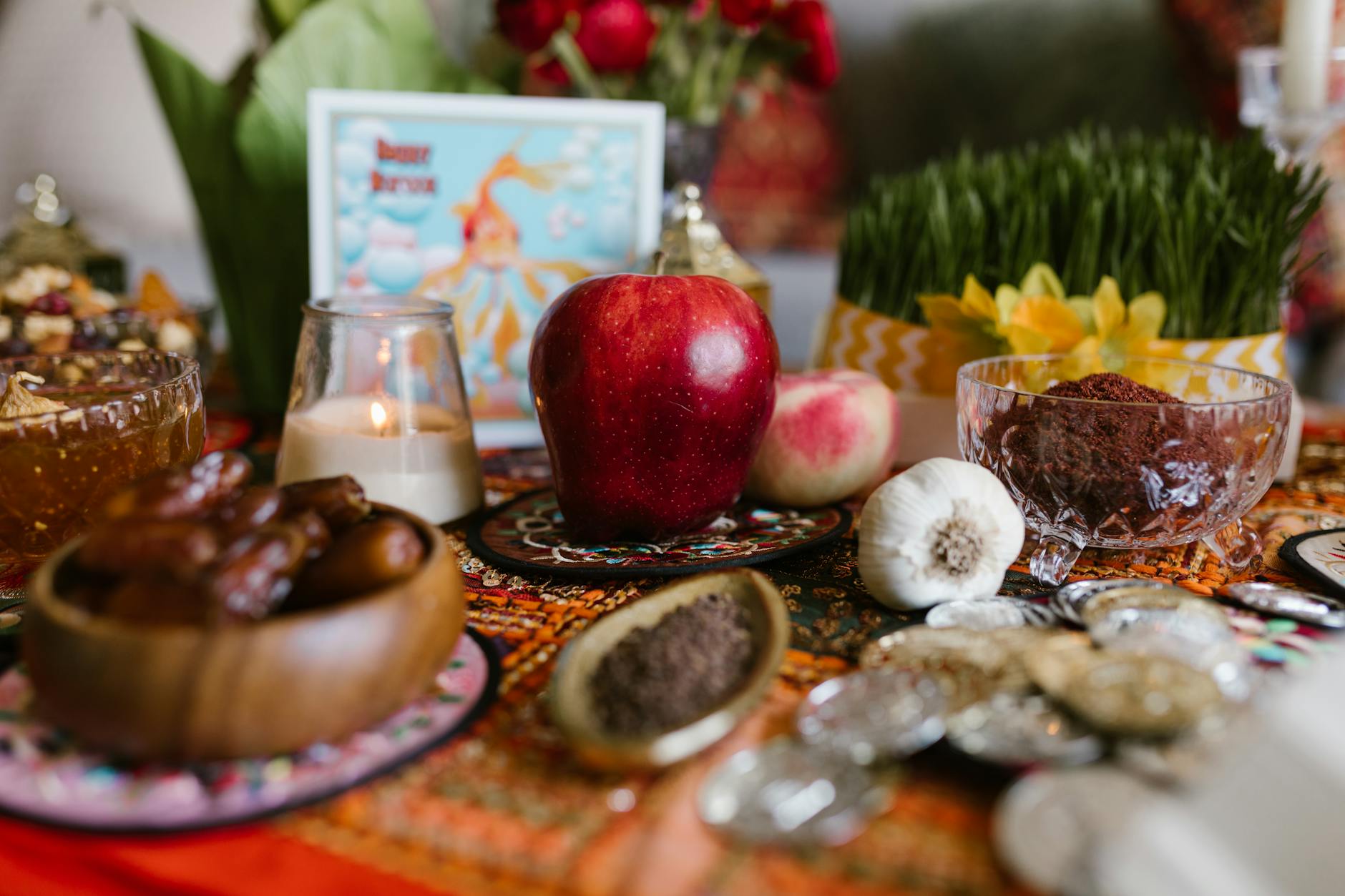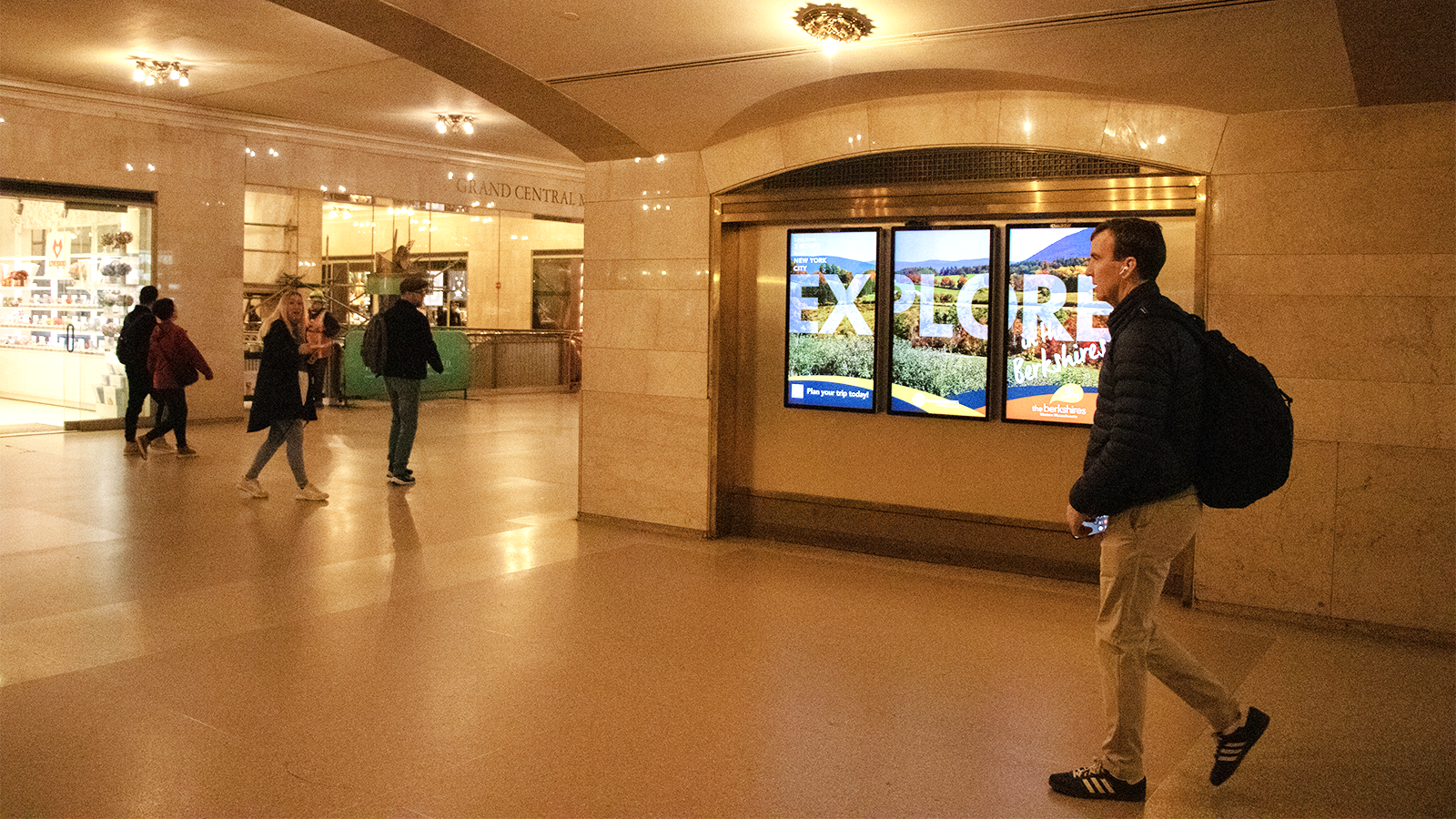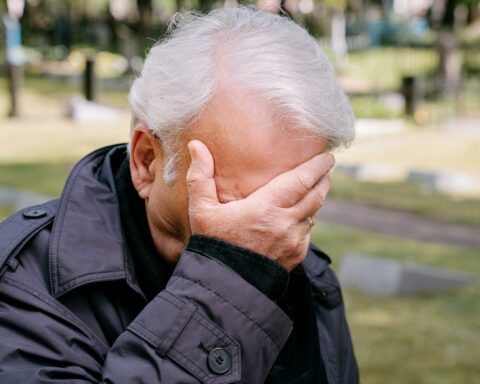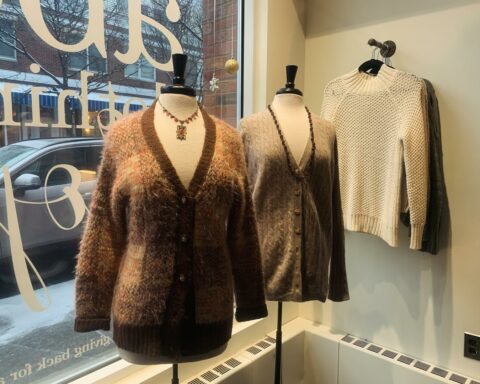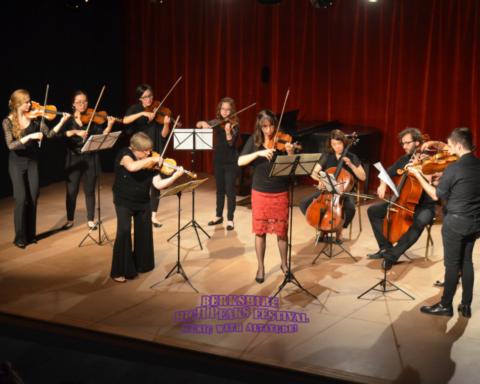As the vernal equinox breathes new life into the dormant soil, millions around the globe mark the beginning of Nowruz, the Persian New Year. This ancient festival, which dates back over 3,000 years, transcends national, religious, and ethnic divides, ushering in a season of renewal, hope, and unity. Nowruz, meaning “new day” in Persian, occurs on the first day of spring, typically on March 20 or 21, symbolizing the rebirth of nature and the human spirit.
Rooted in the Zoroastrian tradition, one of the world’s oldest monotheistic religions, Nowruz has evolved to become a secular holiday celebrated by people in Iran, Afghanistan, parts of the Middle East, Central Asia, and the diaspora worldwide. The United Nations recognizes it as an international holiday, highlighting its importance in fostering cultural diversity and friendship among peoples and different communities. The festivities surrounding Nowruz are rich and varied, but at its core is the Haft-Seen, a ceremonial table displaying seven items that start with the Persian letter ‘S’ or Seen (س). Each item symbolizes a different hope or wish for the new year, including:
- Sabzeh (sprouted wheat grass) for rebirth and renewal.
- Samanu (a sweet pudding) symbolizing affluence and fertility.
- Senjed (dried oleaster fruit) for love.
- Seer (garlic) for medicine and health.
- Seeb (apple) representing beauty and health.
- Somaq (sumac) symbolizing the color of sunrise.
- Serkeh (vinegar) for age and patience.
Families gather around this table, sharing stories, feasts, and the warmth of community, embodying the spirit of renewal and goodwill. Nowruz is also a time for cleansing and renewal, with traditions such as Khaneh Tekani (“shaking the house”) or spring cleaning, and the lighting of bonfires on the eve of the last Wednesday before Nowruz, known as Chaharshanbe Suri.
These practices symbolize the shedding of the old year and the ills that went with it, preparing both the home and the spirit for a fresh start. In a world often divided by borders and beliefs, Nowruz serves as a powerful reminder of what unites us: the joy of seasonal change, the bond of family and community, and the eternal hope for peace and prosperity. As we step into the new year with the blossoms of spring, let us carry forward the message of Nowruz, embracing renewal, unity, and the shared beauty of our diverse world

